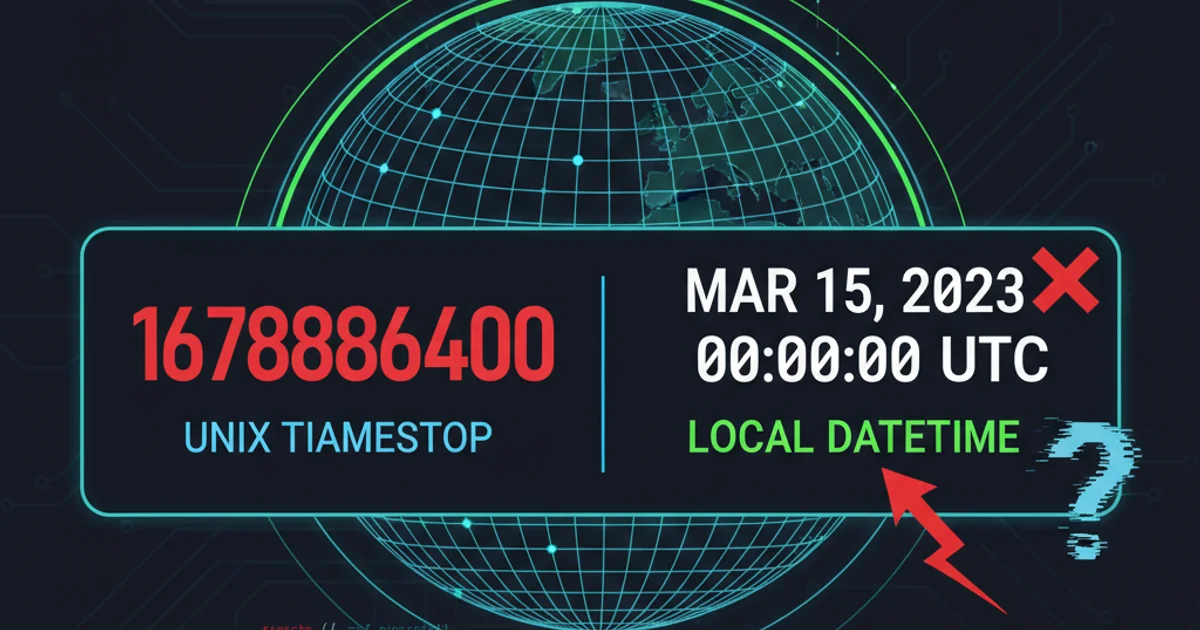How can I find where Python is installed on Windows?
Categories:
Locating Your Python Installation on Windows

Discover various methods to find where Python is installed on your Windows system, including command-line tools, environment variables, and registry checks.
Finding the exact location of your Python installation on Windows can be crucial for managing virtual environments, configuring IDEs, or troubleshooting path issues. Unlike Linux or macOS, where Python often resides in standard system directories, Windows installations can vary based on how Python was installed (e.g., official installer, Microsoft Store, Anaconda, or a custom build). This article will guide you through several reliable methods to pinpoint your Python executable.
Method 1: Using the Command Prompt (cmd.exe)
The command prompt offers quick and effective ways to locate your Python installation, especially if it's correctly added to your system's PATH environment variable. This is often the first place to check.
where python
Using 'where' command to find Python executable.
This command searches the directories listed in your system's PATH environment variable for an executable named python.exe. If multiple Python versions are installed and on the PATH, it will list all of them in order of precedence. You can also use where python3 if you specifically installed Python 3.
python -c "import sys; print(sys.executable)"
Using Python itself to report its executable path.
This command directly asks the currently active Python interpreter to print its own executable path. This is particularly useful if you have multiple Python versions and want to know which one is currently being invoked by the python command.
Method 2: Checking Environment Variables
Python's installation often involves setting environment variables. While PATH is the most common, other variables might point to Python-related directories.
echo %PATH%
Displaying the system's PATH environment variable.
Manually inspecting the output of the PATH variable can reveal directories containing python.exe. Look for paths similar to C:\Python39\ or C:\Users\YourUser\AppData\Local\Programs\Python\Python310\.
C:\Users\YourUser\AppData\Local\Microsoft\WindowsApps\python.exe. The where python command should still find it.Method 3: Using the Windows Registry
The Windows Registry stores configuration information for installed software. Python installers often write their installation paths to the registry, which can be a reliable way to find them, especially for older or system-wide installations.
flowchart TD
A[Start] --> B{Open Registry Editor}
B --> C["Navigate to HKEY_LOCAL_MACHINE\\SOFTWARE\\Python"]
C --> D["Check for PythonCore or PythonPath entries"]
D --> E["Find 'InstallLocation' or similar value"]
E --> F[End]Flowchart for finding Python installation via Windows Registry.
1. Open Registry Editor
Press Win + R, type regedit, and press Enter.
2. Navigate to Python Keys
Browse to HKEY_LOCAL_MACHINE\SOFTWARE\Python. You might find subkeys like PythonCore for specific versions (e.g., PythonCore\3.9\InstallLocation).
3. Locate Installation Path
Within these subkeys, look for a string value named InstallLocation or similar, which will contain the path to your Python installation directory.
Method 4: Checking Common Installation Paths
If the above methods don't yield results, you can manually check common directories where Python is typically installed.
Common locations include:
C:\PythonXX(where XX is the version, e.g.,C:\Python39)C:\Users\YourUser\AppData\Local\Programs\Python\PythonXXC:\Program Files\PythonXXC:\Anaconda3orC:\Users\YourUser\Anaconda3(for Anaconda installations)C:\Users\YourUser\AppData\Local\Microsoft\WindowsApps(for Microsoft Store installations)
AppData folder is often hidden by default. You may need to enable 'Show hidden files, folders, and drives' in File Explorer options to see it.